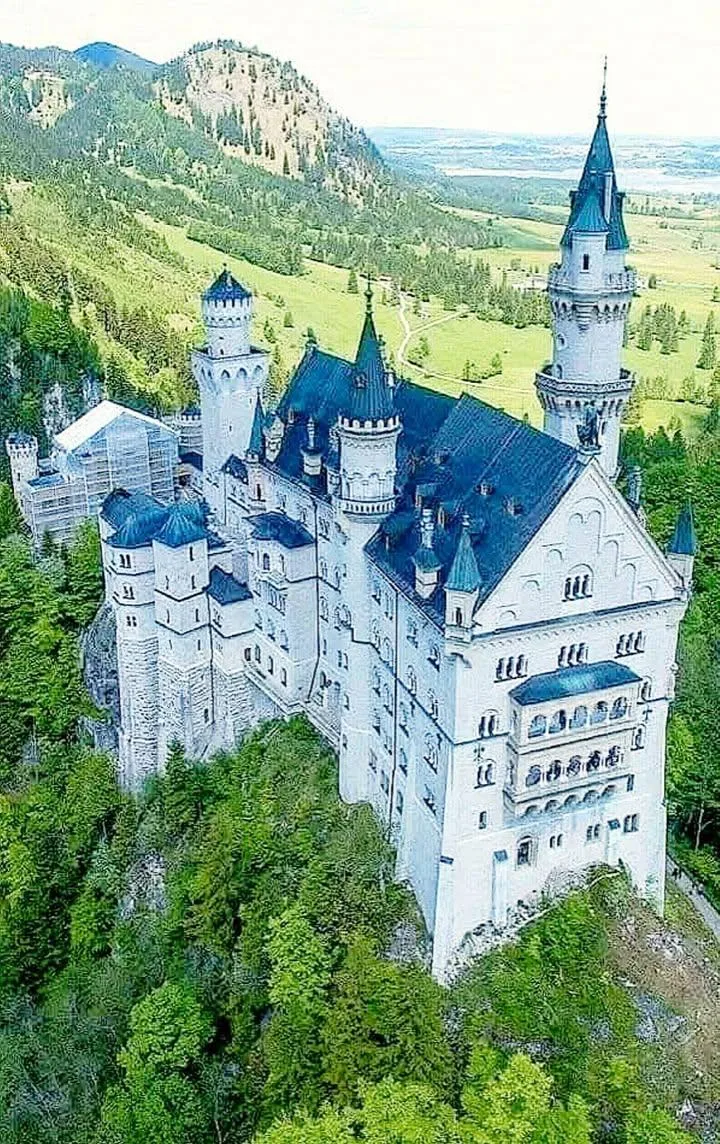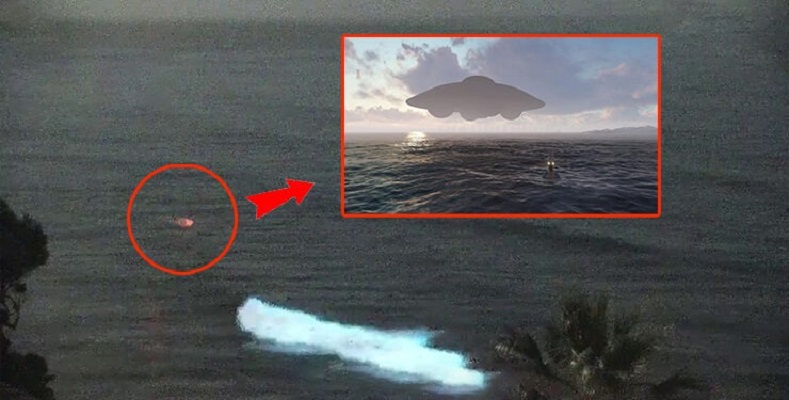Nestled in the heart of the Bavarian Alps, Neuschwanstein Castle stands as a breathtaking testament to dreams, art, and nature. With its soaring turrets, white limestone walls, and a backdrop of snow-capped peaks and lush forests, this 19th-century masterpiece feels like it leapt straight from the pages of a fairy tale. Built by the enigmatic King Ludwig II of Bavaria, Neuschwanstein is more than just a castle—it’s a window into a romantic past and a must-visit for anyone enchanted by history, architecture, or simply stunning views. 🏰🌲❄️ Join me as we explore the magic of Neuschwanstein, from its fascinating history to practical tips for your visit!.

A Castle Born from a King’s Dreams
In 1869, King Ludwig II, often called the “Swan King” or “Mad King,” set out to create a sanctuary that embodied his love for Romanticism, medieval legends, and the operas of Richard Wagner. Ascending the throne at just 18, Ludwig was disillusioned with the politics of Munich and sought solace in a world of fantasy. Neuschwanstein, perched above the village of Hohenschwangau near Füssen, was his ultimate escape—a castle designed not for defense or royal duties, but for pure imagination.
Unlike traditional fortresses, Neuschwanstein was crafted with the help of Christian Jank, a theatrical set designer, giving it a dramatic, almost stage-like quality. Construction began in 1869 but faced challenges: the remote alpine location, harsh winters, and Ludwig’s relentless pursuit of perfection meant the castle was still unfinished when he died mysteriously in 1886. Tragically, Ludwig lived in his dream castle for only 172 days. Just weeks after his death, Neuschwanstein opened to the public, transforming from a private retreat into one of Germany’s most iconic landmarks.
Architectural Magic: A Fairy-Tale Come to Life
Walking up to Neuschwanstein feels like stepping into a storybook. Its gleaming white façade, punctuated by pointed turrets and delicate spires, blends neo-Gothic, Romanesque, and Byzantine styles into a whimsical whole. Set against the rugged cliffs of the Pollat Gorge and the sweeping vistas of the Allgäu Alps, the castle seems to float between earth and sky.
Inside, the castle is just as enchanting, though only a third of the planned interiors were completed. Here are some highlights:
-
Throne Room: Imagine a golden hall inspired by Byzantine churches, with vibrant frescoes, a mosaic floor, and a chandelier fit for royalty. Curiously, no throne was ever installed, a poignant symbol of Ludwig’s unfulfilled dreams.
-
Singers’ Hall: This grand room, inspired by Wagner’s Tannhäuser and medieval minstrel halls, is adorned with murals of knights and legends. It’s a tribute to the chivalric ideals Ludwig adored.
-
The Grotto: A hidden gem, this artificial cave with stalactites and a waterfall feels like a scene from Wagner’s operas, blending the surreal with the natural.
-
Ludwig’s Bedroom: Intricate wood carvings and murals of Tristan und Isolde make this neo-Gothic space a personal reflection of Ludwig’s romantic soul.
Beyond its medieval charm, Neuschwanstein was surprisingly modern for its time, boasting central heating, running water, and even an early telephone system. It’s a perfect blend of nostalgia and innovation, much like Ludwig himself.
A Cultural Icon
Neuschwanstein’s influence stretches far beyond Bavaria. Its fairy-tale silhouette inspired Disney’s Sleeping Beauty Castle, making it a global symbol of wonder. Ludwig’s obsession with Richard Wagner’s operas is woven into the castle’s DNA, with murals depicting scenes from Lohengrin, Parsifal, and more. The castle embodies the Romantic movement’s love for nature, emotion, and the medieval past, standing in defiance of the industrial age’s cold pragmatism.
Today, Neuschwanstein draws over 1.5 million visitors annually, from history buffs to photographers chasing that perfect shot from the Marienbrücke (Mary’s Bridge). Its image graces everything from travel guides to movie sets, cementing its place in popular culture.
The Bavarian Alps: Nature’s Perfect Frame
Neuschwanstein’s magic isn’t just in its walls—it’s in its surroundings. The castle sits in a pristine corner of the Allgäu Alps, where dense forests, alpine meadows, and lakes like Alpsee and Schwansee create a postcard-worthy landscape. Chamois and ibex roam the hills, while rare alpine flowers add bursts of color. Whether you visit in spring’s bloom, autumn’s golden hues, or winter’s snowy splendor, the scenery is unforgettable.
Planning Your Visit
Ready to explore Neuschwanstein? Here’s what you need to know:
-
Getting There: The castle is near Füssen, a charming Bavarian town. From Munich, it’s a 2-hour drive or train ride. From Hohenschwangau village, reach the castle by shuttle bus, horse-drawn carriage, or a 30-40 minute hike (wear sturdy shoes!).
-
Tours: Guided tours (about 30 minutes) cover key rooms like the Throne Room and Singers’ Hall. Book tickets online in advance, especially for peak seasons (summer and autumn), as spots fill fast. Photography inside is prohibited to protect the interiors.
-
Best Views: Head to Marienbrücke for the iconic photo of Neuschwanstein framed by the Alps. Nearby trails offer quieter vantage points for photographers.
-
Best Time to Visit: Spring (April-May) or autumn (September-October) for fewer crowds and vibrant scenery. Winter offers a magical, snow-draped view but colder conditions.
-
Nearby Attractions: Don’t miss Hohenschwangau Castle, Ludwig’s childhood home, or the serene Alpsee lake. Füssen’s cobblestone streets are perfect for a post-castle stroll.
-
Tips: Dress for the weather, as the alpine climate can be unpredictable. Book tickets early, and consider staying in Füssen for a relaxed visit.
Challenges and Conservation
Neuschwanstein’s popularity comes with challenges. Over 6,000 daily visitors in peak season strain the castle’s delicate interiors and surrounding environment. The Bavarian Palace Administration works tirelessly to maintain the limestone façade and ornate rooms, but preservation is costly. Efforts to manage crowds include timed entries and eco-friendly tourism initiatives to protect the alpine ecosystem.
Ludwig’s legacy also sparks debate. Was he a mad spendthrift or a misunderstood visionary? His castles, once criticized as extravagant, now fuel Bavaria’s tourism economy, proving his dreams had lasting value.
Why Visit Neuschwanstein?
Neuschwanstein is more than a castle—it’s a journey into a king’s imagination, a celebration of art and nature, and a reminder that dreams can leave a lasting mark. Whether you’re marveling at its turrets from Marienbrücke, exploring its Wagner-inspired halls, or hiking the alpine trails, Neuschwanstein offers a magical experience that lingers long after you leave.
So, pack your camera, lace up your hiking boots, and step into the fairy tale. Neuschwanstein Castle awaits, ready to enchant you with its beauty and mystery. Have you visited or dreamed of seeing it? Share your thoughts, and let’s keep the magic alive! 🏰✨
Note: Information is based on historical records, tourism resources, and cultural insights available up to July 21, 2025. For the latest visitor tips or experiences, I can check recent X posts if you’d like!





